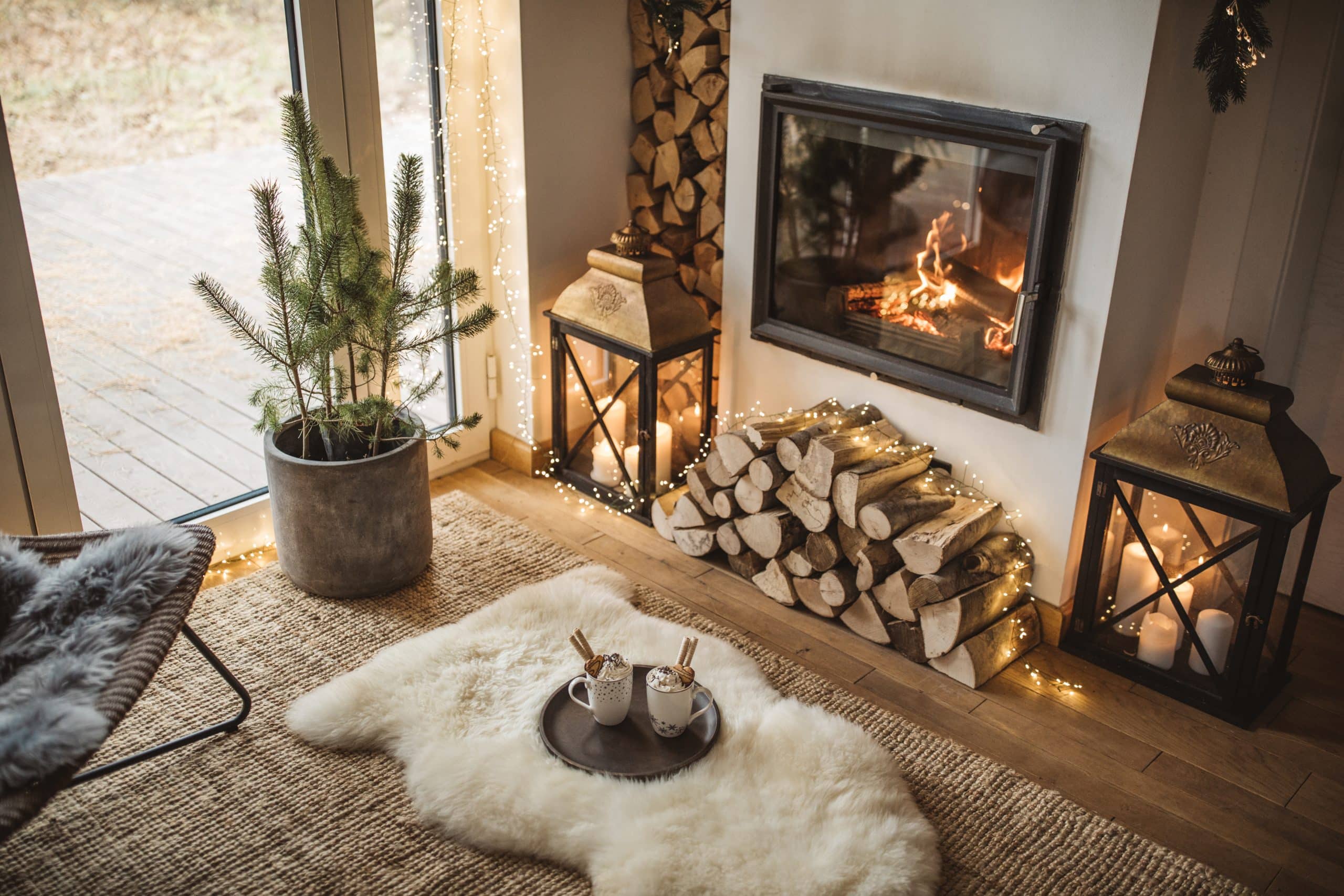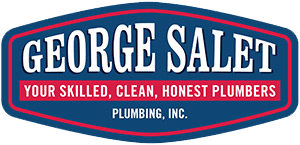
Gas Fireplaces: Your Burning Questions Answered
Thousands of Bay Area residents have long enjoyed the cozy warmth of a gas fireplace. Now, it’s finally getting to be that special time of year to fire them up again and settle in for a classic winter’s night by the hearth. But if you’ve just moved into a home with a gas fireplace, or if it’s been a while since you used it last, you may have some questions about its maintenance and operation
As San Francisco’s gas fireplace repair experts, we know just about everything there is to know about these systems. Here are some of the top questions we get from homeowners around this time of year. Don’t see your question here? Don’t hesitate to give us a call or stop by our office in Brisbane!
How does a gas fireplace work?
All fire requires fuel—gas fireplaces simply use your home’s gas supply instead of wood. The fireplace will use either an electronic switch (typical in more modern fireplaces) or a standing pilot light (a small flame that always burns gas unless you shut it off) as an ignition system. When sparked, the pilot flame ignites a row of burner flames that you can adjust to reach the height and heat output of your liking.
The “wood” or “coals” in your gas fireplace are composite materials made to imitate the look of natural fuels, but they don’t actually burn or combust. They’re only there to enhance the appearance of the fireplace. You should never use real wood in a gas fireplace.
Does a gas fireplace need a chimney?
Some gas fireplaces do require an open chimney system, but many can operate with a different kind of exterior ventilation system in a wall or roof. If you’ve recently purchased a home that includes a fireplace, understanding how it is ventilated will be important.
Ventilation types typically fall into 3 main categories:
- Natural vent (B-vent): these models take in air from the room, then release gases and other products of combustion outside your home through a chimney or pipe venting system. It’s important to keep the flue or damper open when you operate the fireplace.
- Direct vent: Direct-vent systems use outdoor air for combustion, then exhaust the waste through a chimney or outdoor opening. They also have a sealed glass front to prevent any odors and pollutants from entering your home.
- Ventless (vent-free): These standalone models are entirely illegal in California, so Bay Area residents shouldn’t have to worry about them.
Are gas fireplaces safe?
Believe it or not, gas fireplaces tend to be much safer than wood-burning ones. Because natural wood fires are harder to control, can produce toxic smoke, and fill your indoor air with soot, they pose many health and safety risks. Gas fireplaces burn cleaner and can be precisely controlled and contained. Direct vent fireplaces tend to be the safest option because they don’t interact with your home’s indoor airflow and they send all waste directly outside.
Gas fireplaces do come with their own risks, but they can easily be limited with regular maintenance and safety precautions:
- Clean your fireplace annually
- Make sure that there are no obstructions in the venting system
- Move any flammable objects or materials at least 3 feet away from the fireplace
- Never leave the fireplace burning unattended, including overnight
- Call for gas fireplace repair as soon as you notice any concerns such as hazy or dirty glass, problems getting the fireplace to ignite, or odd noises.
How long can you run a gas fireplace?
The answer depends on whether you have a sealed glass fireplace or not. If your gas fireplace has a fully sealed glass pane, you can technically run it as long as you want to—that is, if you’re up-to-date on your annual maintenance and everything is working properly. Just be prepared for your gas bill to reflect that continuous use!
For fireplaces that open into the room, we recommend keeping the run time under 3 hours. Any longer and you could risk an excess of carbon monoxide in the air.
Do gas fireplaces need to be cleaned?
Yes, gas fireplaces do need to be cleaned in order to maintain their efficiency, appearance, and safety. Thankfully, most homeowners can get away with cleaning them once per year, preferably before their first use of the season. Check out our blog on gas fireplace maintenance for an in-depth guide to cleaning both the glass surface and interior of your firebox.
Will California’s natural gas ban affect gas fireplaces?
Not for right now. Though the ban was agreed upon in September 2022, the exact plan for how to phase out natural gas space heaters, water heaters, and furnaces in California homes won’t be set in stone until 2025. San Francisco has already banned natural gas in new constructions, and a time may come when residents are required to retrofit to electric models. But for now, anyone with a gas fireplace in California can continue to enjoy it.
Who services gas fireplaces?
A professional plumber with experience repairing and maintaining gas lines is the safest option for any of your gas fireplace concerns. Dealing with gas is no light matter—that’s why you should always trust an experienced, qualified plumber to handle gas fireplace repairs.
Your Plumbing Pros at George Salet Plumbing have over 40 years of experience servicing gas fireplaces in the San Francisco Bay Area, and we’re ready to take your call this holiday season. Make the most of the winter season with help from our team!
Gas Fireplace Repair in the San Francisco Bay Area
At George Salet Plumbing, our skilled, clean, and honest plumbers can help you address any gas line issue in your home, including gas lines to fire pits, and free-standing gas stoves. With over 40 years of experience working in the SF community, we’re happy to help you enjoy the cooler weather worry-free. Schedule your gas fireplace service online today, or call (415) 234-0733 in San Francisco or (650) 557-3883 in the Peninsula.
